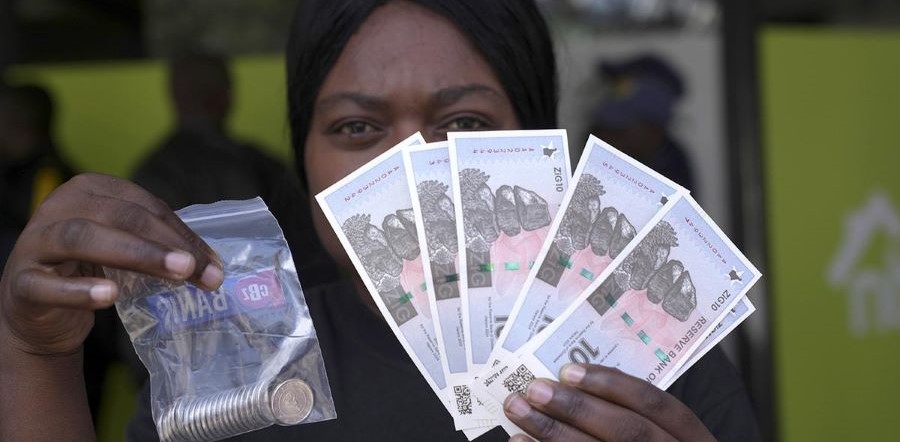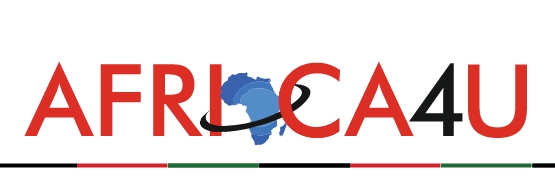(3 Minutes Read)
The introduction of the world’s newest currency -ZiG- in April in Zimbabwe is facing teething problems on the expected lines. Incidentally, ZiG is Zimbabwe’s sixth national currency in 15 years
The introduction of the world’s newest currency -ZiG- in April in Zimbabwe is facing teething problems on the expected lines. Incidentally, ZiG is Zimbabwe’s sixth national currency in 15 years.
Desperate to halt a money crisis underlining the country’s economic troubles, the government launched the gold-backed ZiG, the latest attempt to replace the Zimbabwe dollar, which had been battered by depreciation and often outright rejection by people unwilling to put their faith in it.
The ZiG is facing a familiar problem: public mistrust and structural barriers that have people still clamoring for U.S. dollars. Although the ZiG has largely held its value on the official market, it has tumbled on the black market, where USD 1 can be exchanged for up to 17 ZiGs.
Authorities are also using force to prop up the new banknotes. They have packed jail cells with dozens of street currency dealers, and frozen the accounts of businesses accused of undermining the ZiG. Law enforcement agents have arrested more than 200 street currency dealers on allegations of flouting foreign currency exchange regulations.
Zimbabwe has a long history of street currency dealers whose unofficial rates often carry the day. Many shops and merchants also ignore the official rate and only accept the local currency at their rates. And many vendors, particularly in the unlicensed sector that employs more than 80% of adult Zimbabweans, still only accept the dollar.
The government has allowed some businesses, such as gas stations, to refuse to accept the ZiG in favor of U.S. dollars. Some departments, like the office that issues and renews passports, also accept only greenbacks. Many others still list their fees in U.S. dollars, although they accept the equivalent in local currency.
The government has announced fines of up to 200,000 ZiG or about USD 15,000, for businesses that fail to stick to the official exchange rate. Authorities have also frozen bank accounts of some businesses on accusations of rejecting the new currency or trading using exchange rates higher than the official rate. The Reserve Bank didn’t name the affected businesses.
Read Also:
https://trendsnafrica.com/zimbabwe-launches-zig-a-new-gold-currency/
https://trendsnafrica.com/new-banknotes-in-zimbabwe-put-in-circulation-nation-wide/
https://trendsnafrica.com/currency-change-in-zimbabwe-puts-citizens-into-undue-difficulties/
Zimbabwe has a long and tumultuous history of monetary instability. The ZiG is the sixth currency used following the spectacular 2009 collapse of the Zimbabwe dollar amid hyperinflation of 5 billion percent, one of the world’s worst currency crashes. The government printed a 100-trillion Zimbabwe dollar banknote to keep up with spiraling prices that saw a loaf of bread going for more than 500 million Zimbabwe dollars.
South Africans will vote on Wednesday (29th May) to decide whether their country will take its most significant political step since the moment 30 years ago when it brought down apartheid and achieved democracy.





